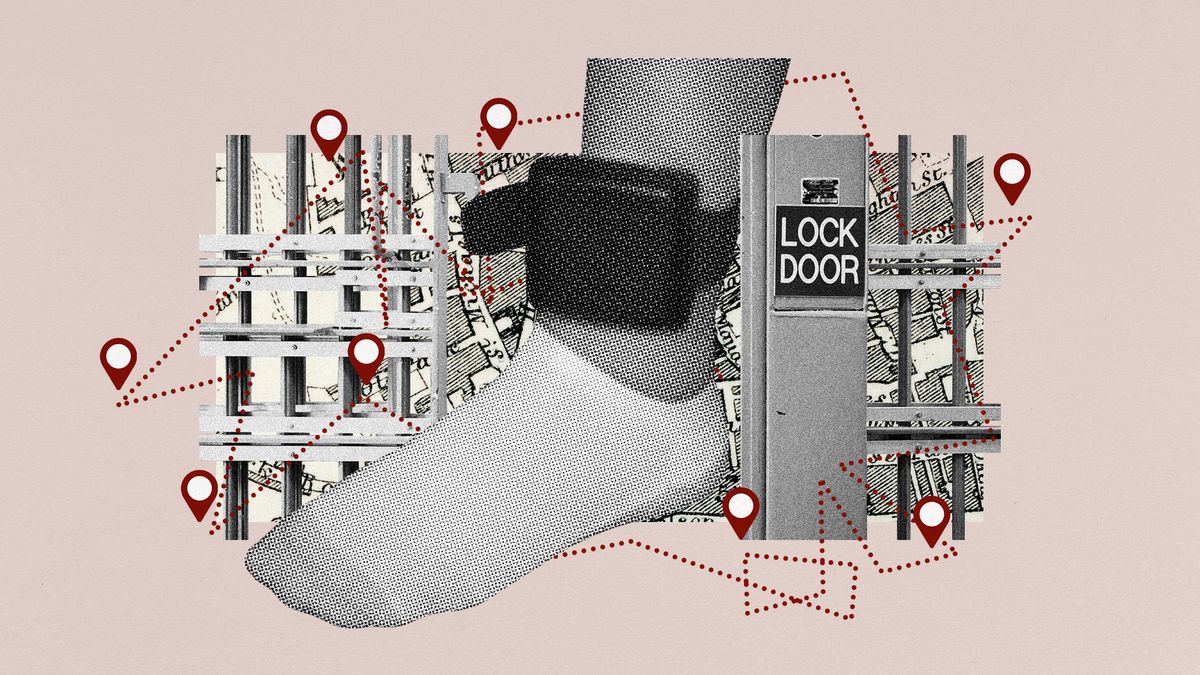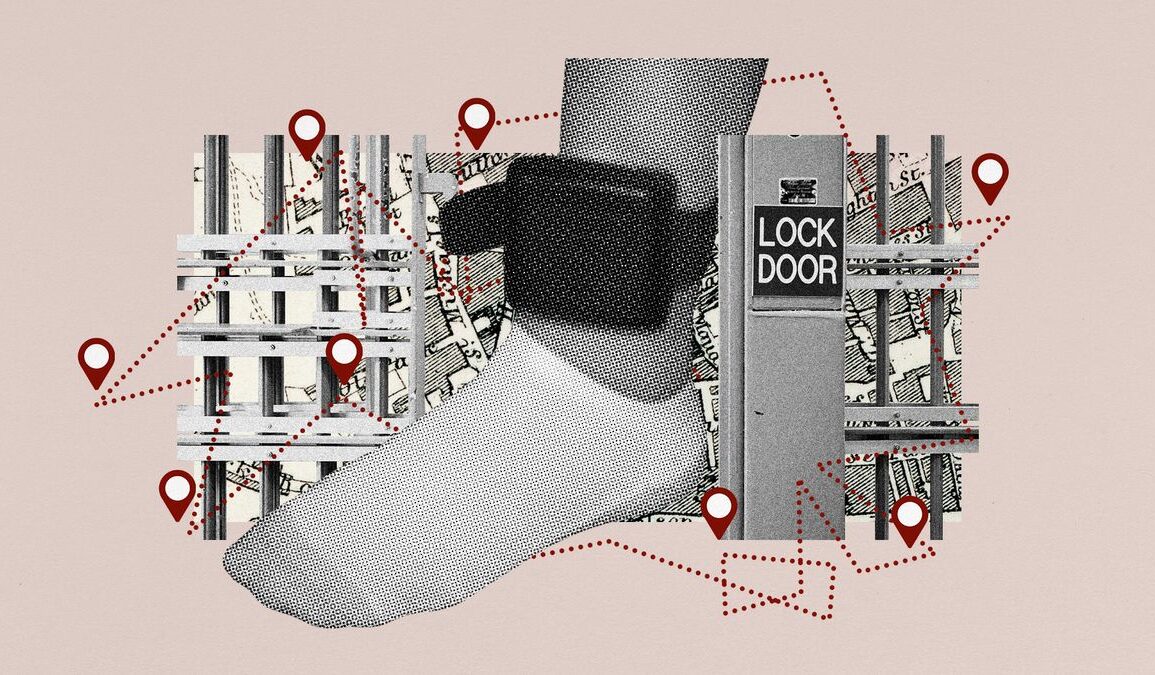Nudge watches and alcohol sensors could replace “slopping out” and exercise yards as the authorities consider proposals to replace some jail sentences with house arrest, drawing on the latest technology to monitor offenders in their homes.
A new review, chaired by the former Conservative justice minister David Gauke, will consider ways to punish thousands more offenders within the community, turning their homes into “virtual prisons”, said The Independent.
Nudge theory
With the problem of crumbling and overcrowded prisons growing, judges may be given the powers to hand down sentences that force offenders to stay at home, while being monitored by electronic tags. The review will examine the experiences of US states that use house arrest as an alternative to prison. Offenders are able to “earn income, maintain family and other relationships”, and “attend probation appointments” and “substance abuse treatment” while being monitored via an electronic bracelet, said The Guardian.
Subscribe to The Week
Escape your echo chamber. Get the facts behind the news, plus analysis from multiple perspectives.
SUBSCRIBE & SAVE
Sign up for The Week’s Free Newsletters
From our morning news briefing to a weekly Good News Newsletter, get the best of The Week delivered directly to your inbox.
From our morning news briefing to a weekly Good News Newsletter, get the best of The Week delivered directly to your inbox.
As part of the “robust community alternatives to prison”, said The Times, “nudge watches”, which are already used for those on probation, could become part of the virtual prison experience. Offenders would be sent messages reminding them to turn up to appointments or comply with other restrictions imposed as conditions of their release. Nudge technology could help offenders with “chaotic” lives, a senior prison source told The Guardian. “They’re not things that restrict your liberty”, added the source, but they are “very helpful” in terms of “behaviour compliance and nudge compliance”. A patch measuring the alcohol content of sweat on the skin could also be used, sending regular reports on an offender’s alcohol level through an ankle or wrist bracelet.
Sensor technology would help authorities can track offenders’ movements, said the justice secretary, Shabana Mahmood. AI technology could be used to flag suspicious behaviour – “like a convicted burglar driving around a neighbourhood at the same time every day”, she said, which could be a “really effective” method that helps create a “prison environment, but outside of prison”.
‘Undoubtedly a mess’
Demand for prison places is rising fast and currently stands at a rate of about 4,500 prisoners each year at a time when the government has admitted that overcrowding has already pushed jails to “the point of collapse”. Meanwhile, an emergency plan announced by the government in the summer aims to free 5,500 prison spaces across England and Wales by releasing inmates early.
“It is, undoubtedly, a mess”, said The Independent, but the house arrest proposal “appears to miss a crucial point”. Mike Nellis, professor of criminal and community justice at the University of Strathclyde, told the paper that “we’re in a position right now where we can’t even find accommodation for people when they’re released from prison”: sometimes “we’re giving them tents”. If “we can’t even do the basics” the idea that hi-tech gadgets like smart watches are a “significant contribution” to solving the prison crisis is “ridiculous”. “We’ve got to produce something that’s equal to the challenges the service is facing.”
This post was originally published on this site be sure to check out more of their content.










